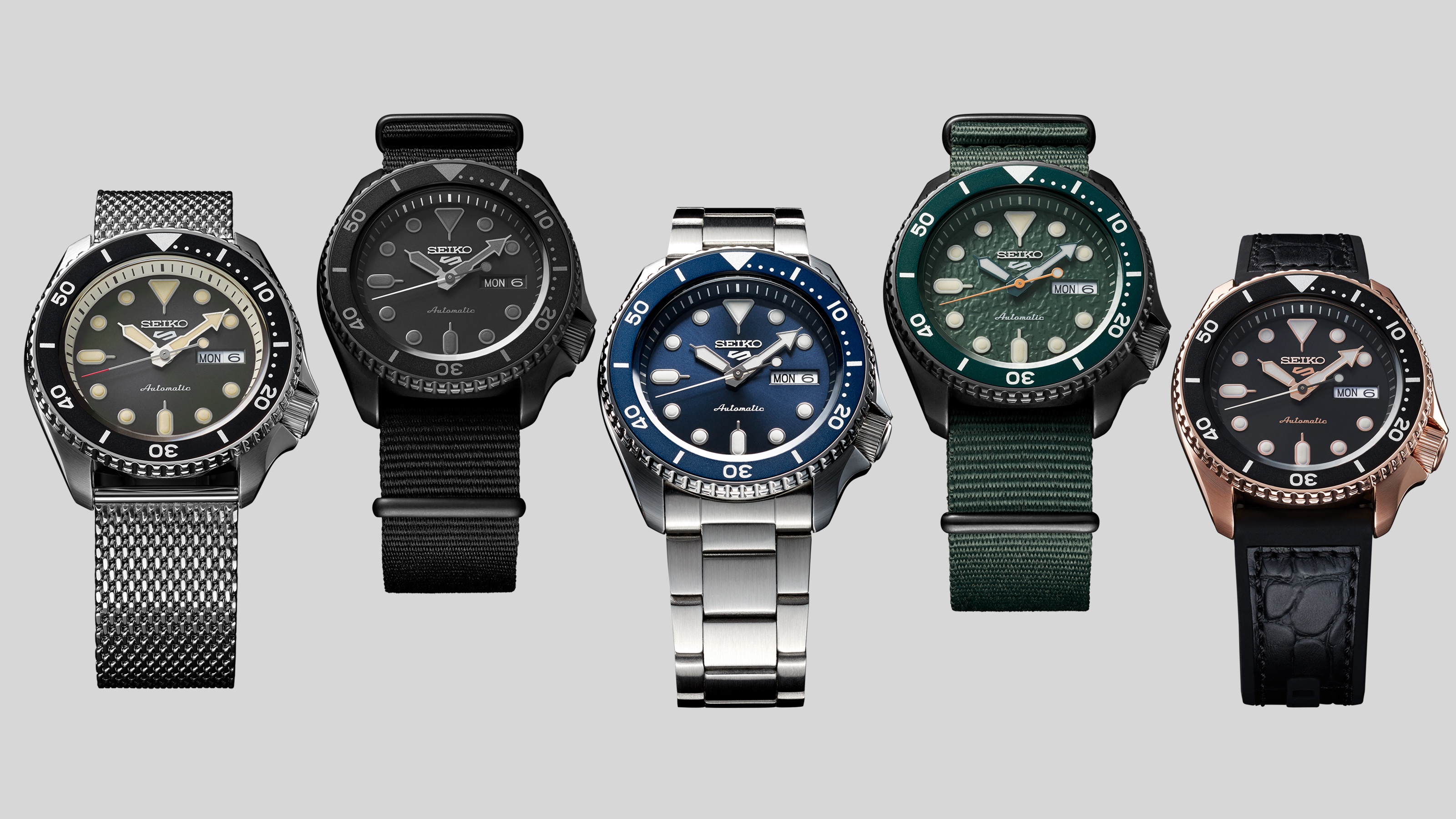Timeless Evolution: A Century of Wristwatch Design and Functionality
Over the past 100 years, wristwatches have evolved from simple timekeeping devices to complex instruments with a range of functions and features. In the early 20th century, wristwatches were primarily worn by women and were seen as a fashionable accessory rather than a practical tool. However, with the onset of World War I, soldiers began to wear wristwatches for their practicality in combat.
The first wristwatches were often hand-wound and had simple analog displays. However, as technology advanced, so did the features of wristwatches. The introduction of quartz movement in the 1960s revolutionized timekeeping, making watches more accurate and reliable. In the 1970s, digital watches were introduced, offering even more features such as alarms, stopwatches, and countdown timers.
Today, modern wristwatches are sophisticated instruments that incorporate a range of advanced technologies. Smartwatches, for example, offer features such as GPS tracking, heart rate monitors, and even the ability to make phone calls and send text messages.
But despite all these advancements, traditional analog watches still hold a special place in the hearts of watch enthusiasts. The intricate designs and craftsmanship of luxury watches are a testament to the artistry and skill that goes into watchmaking.
In conclusion, the evolution of wristwatches over the past century has been a remarkable journey, from simple timekeeping devices to advanced instruments with a range of features and functions. As technology continues to advance, it will be interesting to see how wristwatches continue to evolve and adapt to meet the needs of modern consumers.




